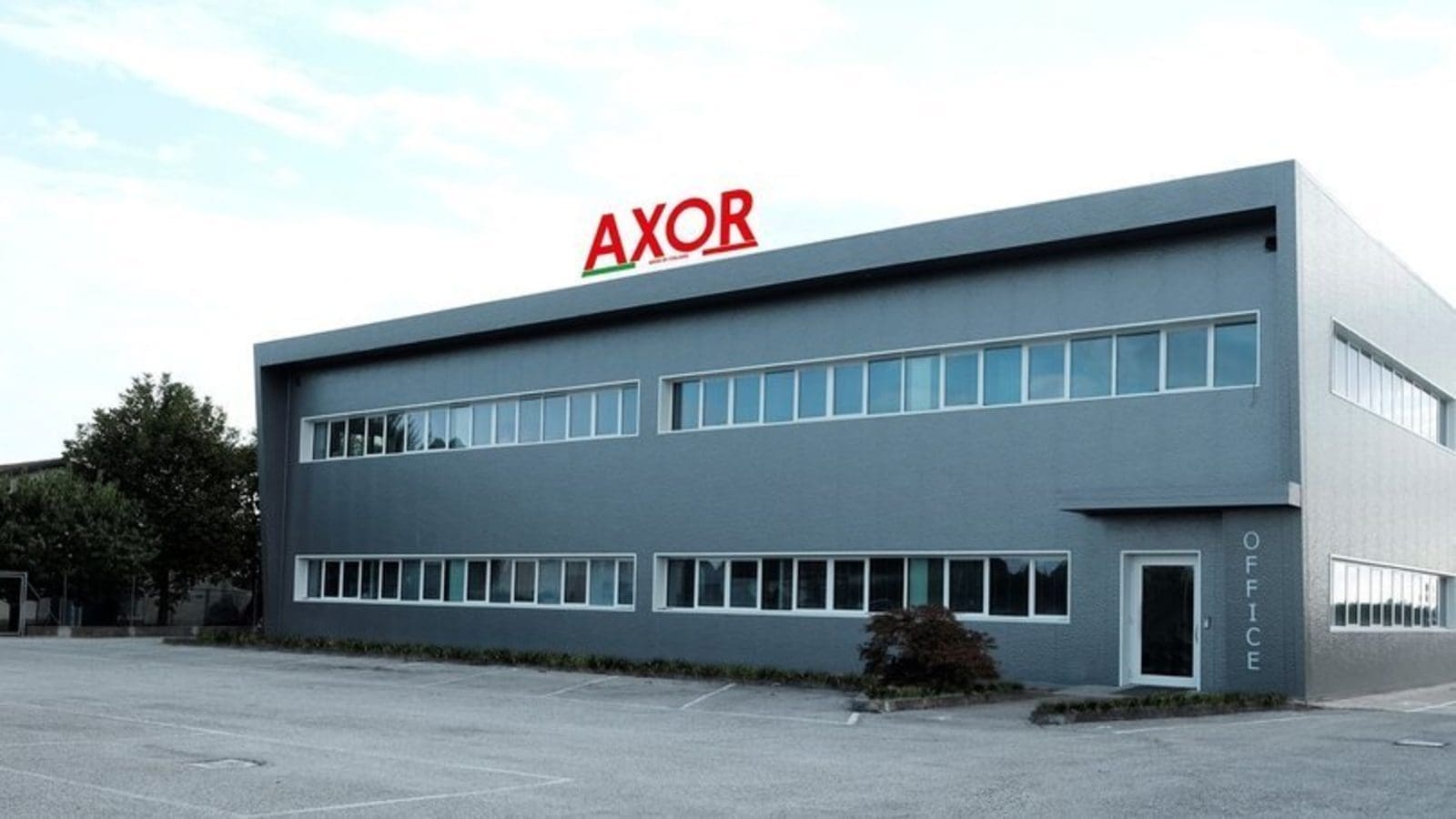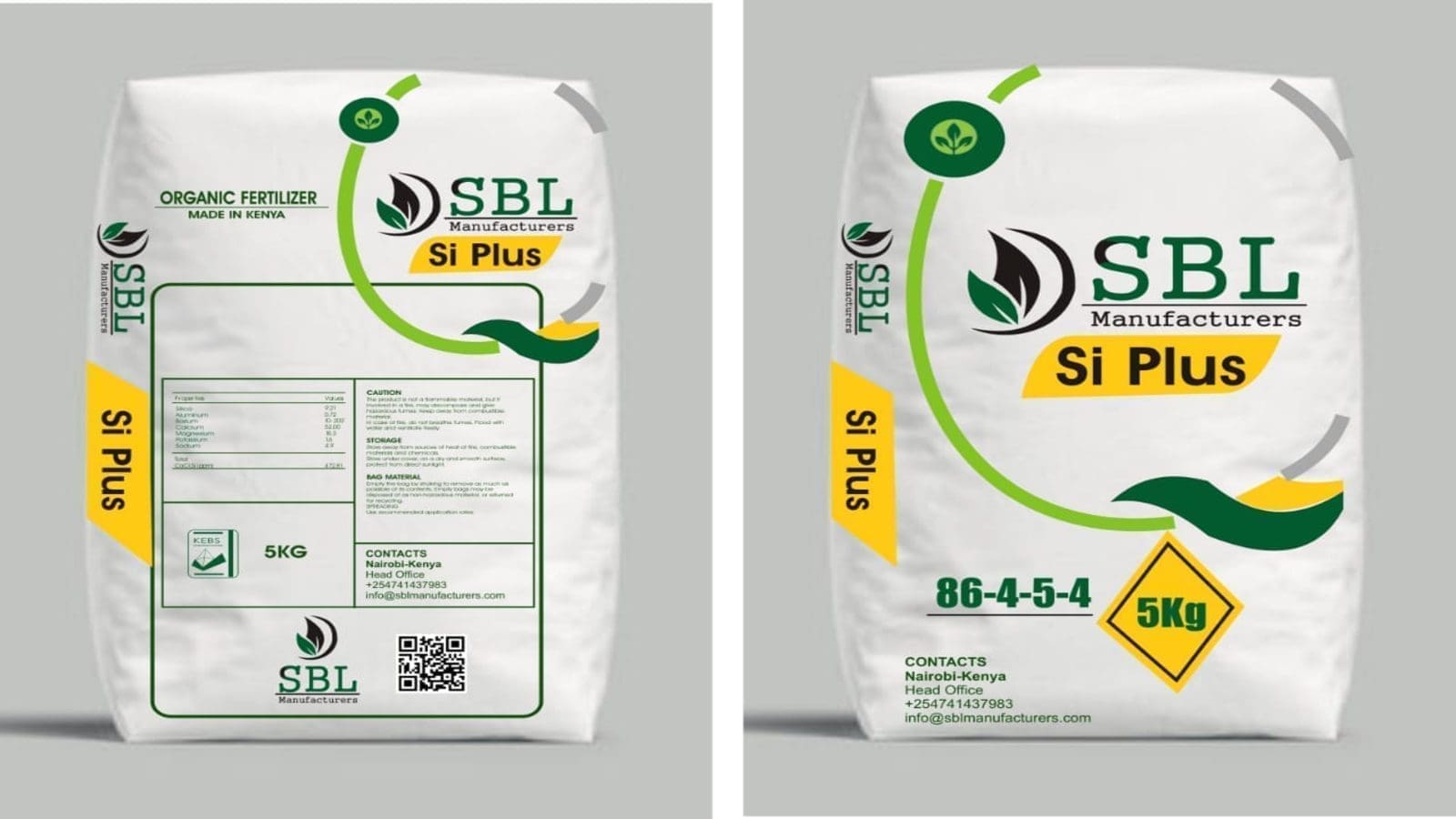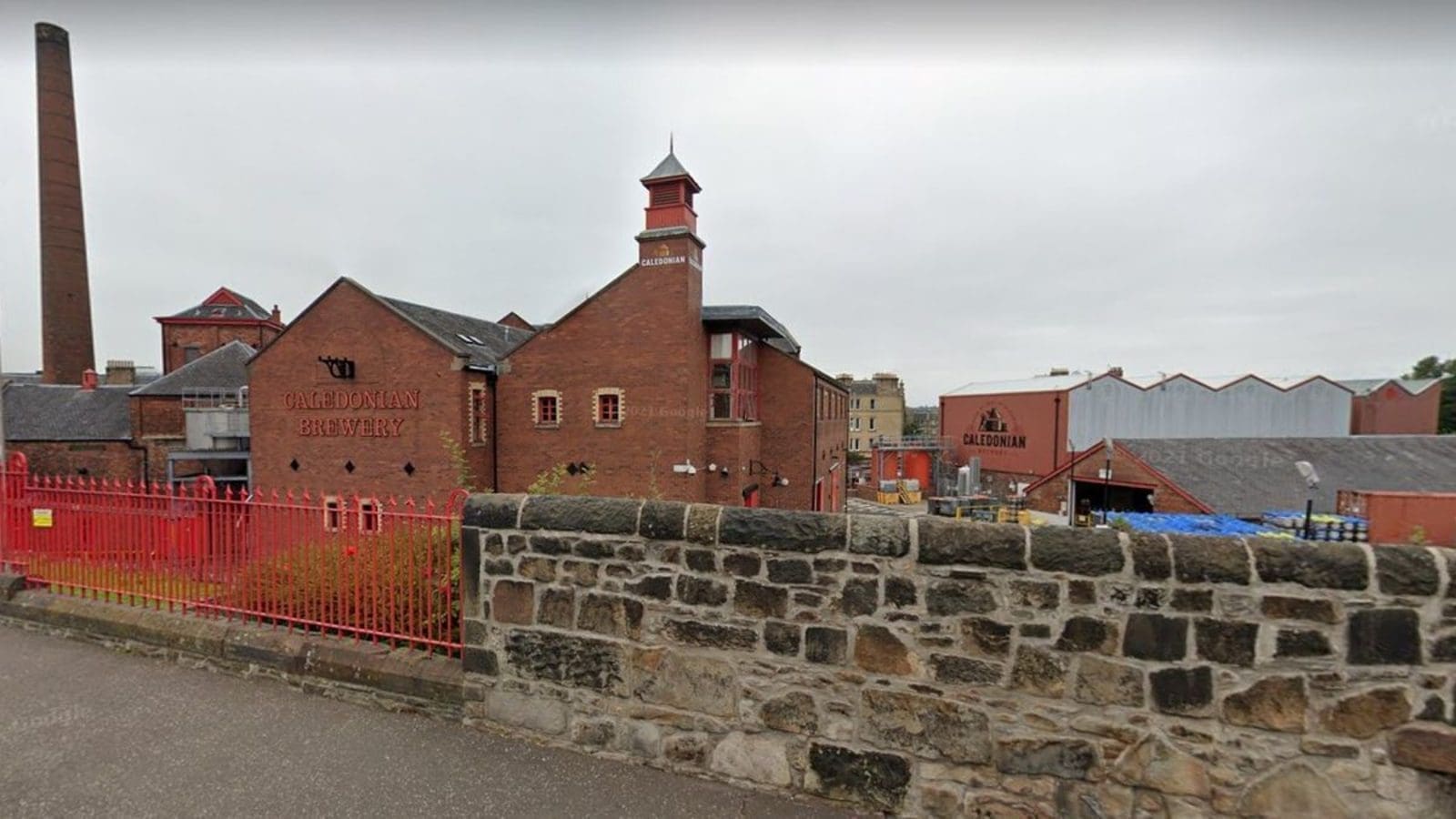ASIA – Soju, a clear and colorless Korean distilled alcoholic beverage with 16%-25% ABV is expected to have a volume growth in a number of markets across Southeast Asia over the next five years, although of a relatively small base of only a CAGR of 5% for the period 2021-2026, according to a new report by IWSR.
The report says South Korea’s soju producers are targeting growth opportunities in markets across the Asia Pacific region, buoyed by the huge popularity of Korean culture, known as the ‘Hallyu’, including the highly influential K-pop scene.
The global alcoholic market research firm explains that companies have enlisted a number of K-pop stars to help promote their soju brands, while in Malaysia and Singapore the brands have hired lifestyle influencers to raise awareness, posting recipes and cocktail photos that feature soju heavily.
Historically, soju consumption has been almost exclusively confined to the South Korean market, which accounted for 97% of global volumes in 2021, but now a host of other Asia Pacific (APAC) countries are witnessing rising soju volumes.
Between 2014 and 2019, IWSR data shows soju volumes rose at a CAGR of +80% in Indonesia, with Vietnam, the Philippines, Taiwan, and New Zealand also witnessing increasing interest in the category, each with volume CAGR growth between 20-30% (2014-2019).
While leveraging this interest in Korean culture, brand owners are reinventing soju to suit a particular country’s consumer local palate, for instance, IWSR says they are introducing fruit-flavored sojus and lower-alcohol versions bottled at 8-12% ABV.
Examples of this can be found in Vietnam and Thailand, where fruit-flavored sojus have found particular success, as well as in Japan, where the popularity of RTDs based on local shochu could give soju brand owners another consumption opportunity.
The category of slightly sweet neutral spirit, similar to vodka is also targeting Asian ex-pats living in countries such as Australia and New Zealand.
Although soju is to experience future expansion, IWSR adds that it will be limited by factors including rising health consciousness, price, and consumer migration into other drinks categories.
The low costs associated with local production and a beneficial tax regime make soju highly affordable in South Korea at about US$1 for a 360ml bottle, but the same product costs US$10 or more in markets such as Singapore, Japan, and Indonesia.
The exceptional case is New Zealand, where soju is taxed as wine and, as a result, is proving to be a popular and cost-effective option for younger LDA consumers.
The growth could also be slowed down by the strength of other national spirits such as shochu, sake, and baijiu in markets like Japan and China.
Strong associations with drinking soju alongside Korean food are also said to curtail opportunities to target broader consumption occasions.
Nonetheless, the report notes that there are signs that other Asian national spirits are becoming more sought-after, especially in the wake of soju’s growing popularity.
Liked this article? Subscribe to Food Business Africa News, our regular email newsletters with the latest news insights from Africa and the World’s food and agro-industry. SUBSCRIBE HERE.










